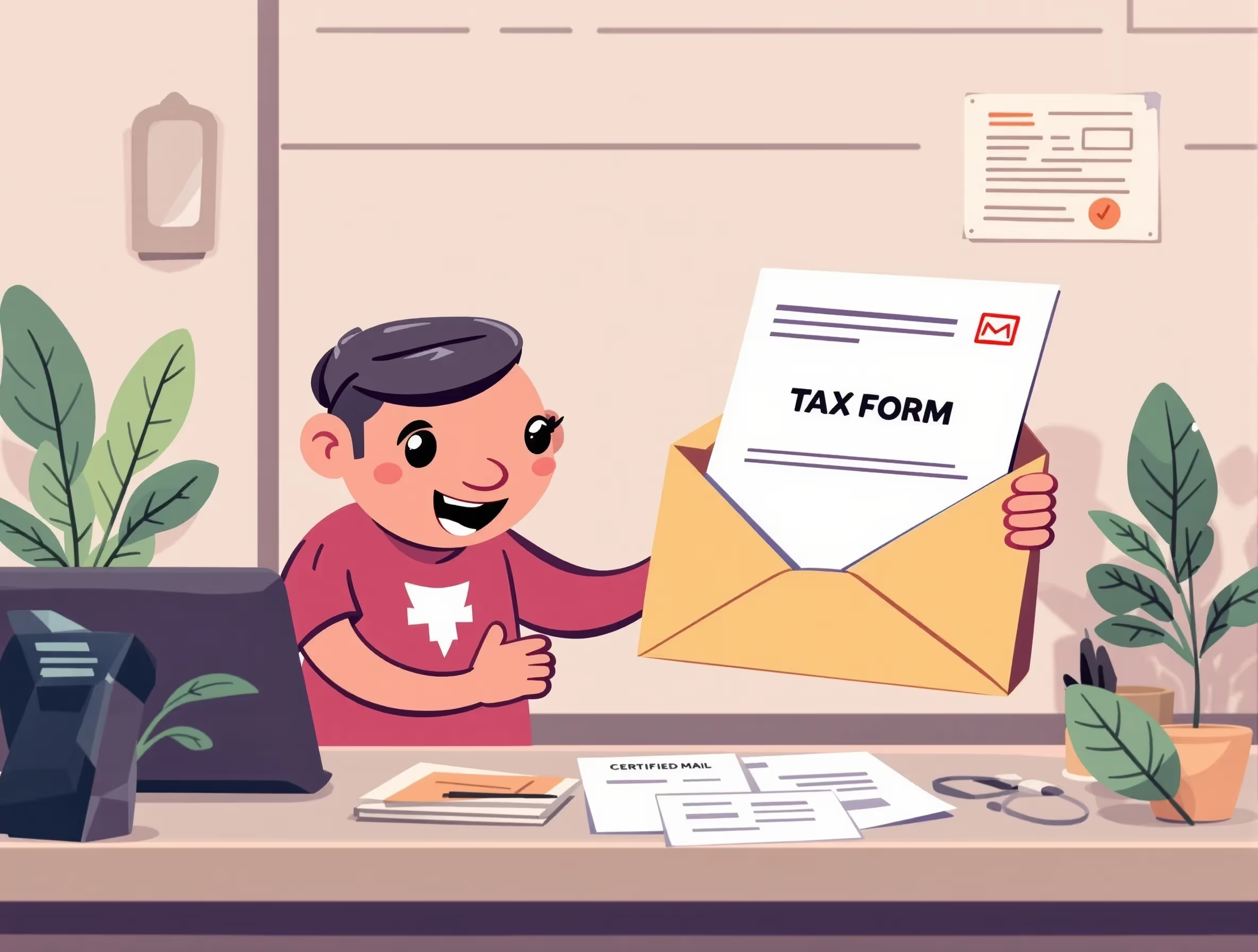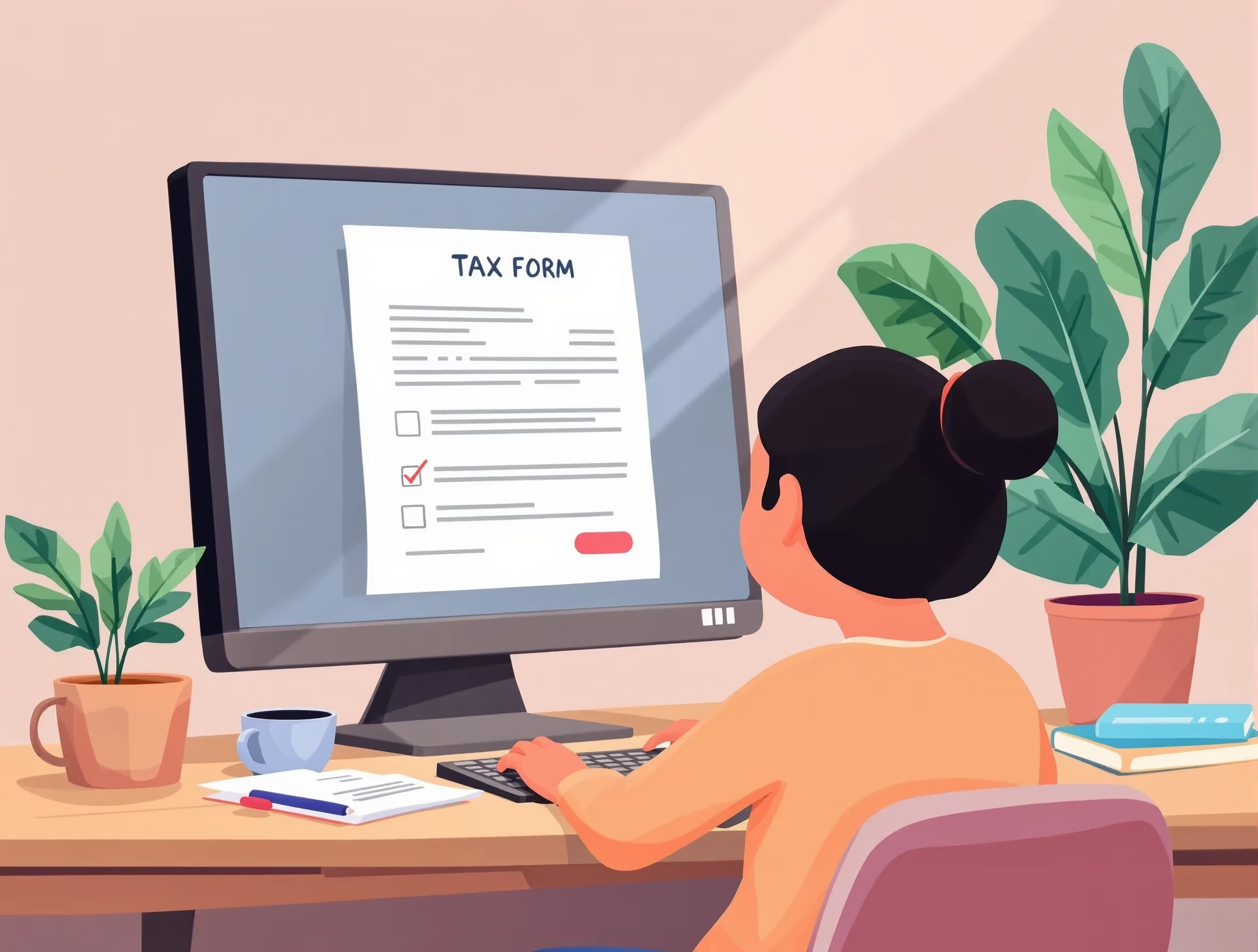
What Form 8886 (2018) Is For
Form 8886 (2018) serves as the official report that alerts the Internal Revenue Service to specific reportable transactions. The form identifies arrangements that may affect taxable income, such as tax shelters, tax avoidance strategies, and other potentially abusive transactions. It ensures that all taxpayers disclose information about any transaction designed to influence their tax benefits or deductions.
The primary goal of Form 8886 is to promote transparency and accuracy in income tax reporting. It requires individuals, corporations, partnerships, and other entities to disclose relevant information for compliance purposes. Filing the form supports proper tax evaluation and discourages participation in prohibited tax shelter transactions.
When You’d Use Form 8886 (2018)
Taxpayers must file Form 8886 for every tax year they participate in a reportable transaction. The form applies to individuals, corporations, partnerships, and tax-exempt entities that engage in transactions affecting income tax or tax liability. It ensures that each participant provides complete reportable transaction disclosure to the Internal Revenue Service.
Timing and Filing Scenarios
Taxpayers must include Form 8886 with their original tax return and file it again with any amended return. They must also submit disclosures for late filings or transactions that generate losses exceeding the disclosure threshold amount. Listed transactions, confidential transactions, and contractual protection cases require prompt filing to maintain compliance and support transparent tax shelter analysis.
Key Rules or Details for 2018
The Internal Revenue Service recognizes six primary categories of reportable transactions that must be disclosed on Form 8886. These rules apply to taxpayers, corporations, and other entities engaged in arrangements involving tax benefits, losses, or property or service contracts. Each category helps the IRS identify tax shelters and enforce compliance across all reportable transactions.
- Listed Transactions: The Internal Revenue Service defines these transactions as abusive or potentially abusive within federal tax laws.
- Confidential Transactions: These transactions involve agreements with nondisclosure terms and are often associated with paid advisory fees.
- Contractual Protection: These arrangements provide refunds or guarantees when expected tax benefits are not realized.
- Loss Transactions: These transactions occur when reported losses exceed the Internal Revenue Service's threshold amounts.
- Transactions of Interest: These transactions are currently under review by the Internal Revenue Service for similarity to substantially similar transactions.
- Prohibited Tax Shelter Transaction: These arrangements violate published Internal Revenue Service guidance within federal tax laws.
Step-by-Step (High Level)
Taxpayers must follow specific steps to complete the Form 8886 Reportable Transaction Disclosure Statement 2018 accurately. Each step ensures proper disclosure of reportable transactions and helps maintain compliance with Internal Revenue Service requirements. The process also ensures that material advisors and other participants submit complete information for review.
Filing Form 8886 Reportable Transaction Disclosure Statement 2018:
- Identify the Transaction Type: Each taxpayer determines if the activity qualifies as a listed, confidential, or contractual protection transaction.
- Gather Advisor and Entity Details: The taxpayer lists every tax advisor or material advisor involved in the transaction.
- Describe Tax Benefits: The filer reports deductions, credits, or other tax benefits affecting taxable income.
- Attach Supporting Forms: The filer sends one form with the tax return and another to the Internal Revenue Service Office of Tax Shelter Analysis.
- Keep Proof of Filing: The taxpayer maintains all records, partnership interests, and confirmations for compliance tracking purposes.
For more detailed instructions on federal tax forms, check the IRS Form Help Center.
Common Mistakes and How to Avoid Them
Filing Form 8886 requires accuracy and clear documentation to prevent errors in reporting. Many taxpayers overlook essential details that affect how the Internal Revenue Service evaluates reportable transactions. Recognizing frequent mistakes and learning corrective actions ensures smoother compliance and better results.
Frequent Errors and How to Avoid Them:
- Incomplete Descriptions: The taxpayer provides detailed transaction steps and attaches supporting documentation to ensure complete and accurate reporting.
- Missing Advisor Details: The taxpayer includes all material aid and tax advisor details, ensuring that names, addresses, and fees are recorded accurately.
- Failure to Send OTSA Copy: The filer sends one form with the tax return and another to the Internal Revenue Service Office of Tax Shelter Analysis.
- Combining Multiple Transactions: The taxpayer files a separate form for each distinct transaction to ensure accuracy and compliance with the law.
- Incorrect Threshold Calculations: Misreporting losses often leads to penalties; therefore, filers can prevent errors by confirming all figures using IRS reporting thresholds before submitting their forms.
What Happens After You File
The Internal Revenue Service reviews the Form 8886 Reportable Transaction Disclosure Statement 2018 to confirm compliance with federal tax laws. Each taxpayer must disclose information about reportable transactions, tax shelters, and potentially abusive transactions that could lower taxable income or tax liability. Proper filing helps taxpayers pay income tax accurately and maintain transparency in property or service contracts, charitable contributions, or investment accounts.
The IRS may assess penalties for incomplete or incorrect disclosures involving taxpayers or material advisors. Certain listed transactions and abusive tax shelters may be subject to additional compliance verification under the Internal Revenue Code. Maintaining organized records supports federal income tax audits and ensures long-term transparency in reporting.
Frequently Asked Questions
What is the purpose of Form 8886?
The Form 8886 allows the Internal Revenue Service to identify reportable transactions that could affect taxable income or tax liability. Taxpayers use the form to disclose information about tax shelters, tax avoidance strategies, and potentially abusive transactions. This process ensures compliance with federal tax laws and helps prevent issues involving prohibited tax shelter transactions or artificial tax reductions.
Who must file the Reportable Transaction Disclosure Statement?
Any taxpayer, including individuals, corporations, partnerships, or tax-exempt entities, must file the form if they participate in a reportable transaction. This includes transactions that generate losses, resulting in deductions, contractual protection, or substantially similar transactions outlined in published guidance. Filing ensures that each taxpayer pays income tax correctly and reports all income, property, and service contracts, as well as investment accounts, accurately.
Does filing Form 8886 trigger an audit or penalty?
Filing the reportable transaction disclosure statement does not automatically trigger an audit. The Internal Revenue Service uses it to track reportable transactions and identify tax shelters or tax avoidance schemes. Complete and accurate filing reduces audit risks, ensures proper recognition of tax benefits, and supports fair tax shelter analysis across all disclosed activities.
What happens if a taxpayer fails to file Form 8886?
Failure to file the required IRS form may result in penalties and extended review periods. The taxpayer may face increased tax liability or fines for failing to report certain transactions, such as listed transactions or confidential transactions. Missing disclosure of material advisors, partnership interests, or encumbered property can also affect deductions and result in incorrect lower taxable income.
Can I receive help preparing Form 8886 from a tax advisor?
Yes, a qualified tax advisor or material advisor can assist taxpayers with completing the form and reviewing complex reportable transactions. Working with an advisor helps ensure compliance with federal tax laws, proper disclosure of all tax benefits, and accurate reflection of deductions, charitable contributions, and municipal bonds within the taxpayer’s financial records.
























